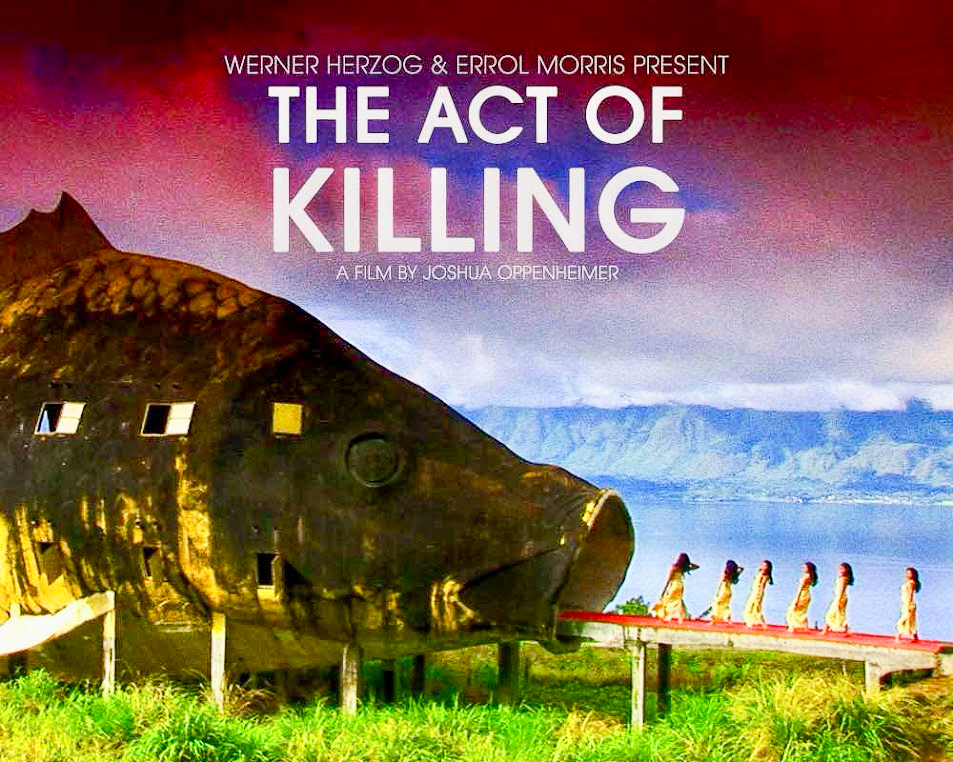And, indeed, I will ask on my own account here, an idle question: which is better—cheap happiness or exalted sufferings? Well, which is better?---Fyodor Dostoevsky ---Notes from Underground There are certain people of whom it is difficult to say anything which will at once throw them into relief—in other words, describe them graphically in their typical characteristics. These are they who are generally known as “commonplace people,” and this class comprises, of course, the immense majority of mankind. Authors, as a rule, attempt to select and portray types rarely met with in their entirety, but these types are nevertheless more real than real life itself. For instance, when the whole essence of an ordinary person’s nature lies in his perpetual and unchangeable commonplaceness; and when in spite of all his endeavours to do something out of the common, this person ends, eventually, by remaining in his unbroken line of routine—. I think such an individual really does become a type o...
NOTES FROM UNDERGROUND
Hope
To be human is to be a miracle of evolution conscious of its own miraculousness — a consciousness beautiful and bittersweet, for we have paid for it with a parallel awareness not only of our fundamental improbability but of our staggering fragility, of how physiologically precarious our survival is and how psychologically vulnerable our sanity. To make that awareness bearable, we have evolved a singular faculty that might just be the crowning miracle of our consciousness: hope.--
Erich Fromm
Links
Marina Abramović Balkan Erotic Epic
Marina Abramović Biography and Artwork
Marina Abramovic artistic output centred around an unclassifiable dual manifestation of her art in productive and emotional conjunction with her lover, the German artist and photographer Uwe Laysiepen, better known as Ulay. In a series entitled The Other, Abramović and Ulay performed numerous performance works as a duo in which their bodies – always synchronised, dressed (or undressed) identically and with similar behavioural patterns – created additional ways in which to interact with the public. Based on a professional and sentimental relationship of absolute trust, both liked to speak of an "androgynous unity" whose actions personified the limits of interpersonal relationships, their effect on the "I", the ego and artistic personae.
The "The Other" series, as much a passionate romance as an artistic collaboration, had as its symbolic finale the famous staging of 1988's The Lovers. Here too, their emotional and professional rupture was played out as a work of art, portrayed as a hike, each on their own, departing from opposite ends of the Great Wall Of China until meeting up again in the middle.
Even more striking, given the eponymous violence of the time, was Balkan Baroque (1997) which won the Gold Lion award at the Venice Biennale that same year, the Festival's highest prize. Expanding on the theme of the human skeleton, previously explored in Cleaning the Mirror (1995), Abramović used video installation to recreate the putrefying horror of armed conflict in the Balkans War. As well as projecting an image of her own parents on the walls, the artist positioned herself in the middle of the space, washing a huge pile of 1500 raw, bloodied veal bones whilst singing traditional folk songs from her childhood. The dramatic staging no doubt owed a lot to the conceptual baroque of her design but also lent it sincere and credible political weight.
The artist is present, an exhausting performance piece presented in March 2010 on the occasion of a MoMa retrospective of her entire back catalogue which remains, to date, the most important ever and, with more than 50 exhibit pieces including performances, installations, videos, photographs and collaborations along with the subsequent documentary of the same name. For three whole months, Abramović remained seated in the lobby of the New York museum for over 700 hours (during opening hours and without a break) allowing over 1,800 visitors, each in turn, one by one, to sit opposite her in total silence, separated by just a table, and to share the imperturbable presence of the artist for as long as they considered necessary.
Marina Abramovic’s exhibition is comprised of several video projections, which explore how sexuality and the human body were employed in Balkan pagan traditions and culture throughout history. Abramovic researched Serbian folklore and discovered many historic instances of the employment of eroticism and sexuality to address everyday issues. For example, if it rained too much the women of the village would run into the fields and lift their skirts in an attempt to scare the gods and end the rain. Along with amateur actors, Abramovic dressed in traditional folk costumes and reenacted ancient rituals.



















.jpg)